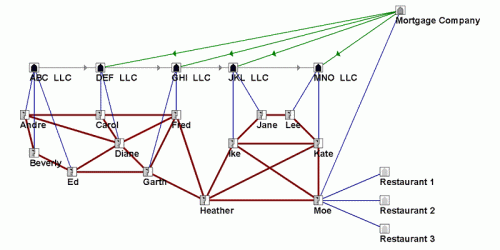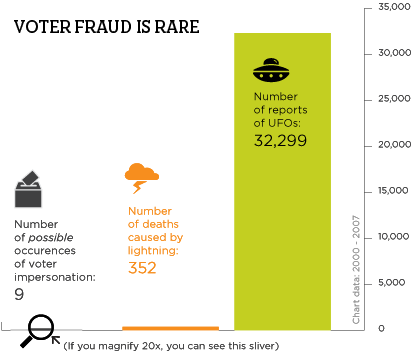 Cross-posted at Montclair SocioBlog and in Portuguese at Conhecimento Prudente.
Cross-posted at Montclair SocioBlog and in Portuguese at Conhecimento Prudente.
This ad illustrates some sociological idea, something I could use in class. I’m just not sure what it is. (You may have already seen it. It’s been around on the Internet for a few months.)
Yes, it’s a beer commercial, not a documentary, not “reality.” But the couples are real and unscripted – like the victims in a “Candid Camera” bit (or the subjects in some social psychology experiments). Real and unscripted too is our reaction as viewers. I don’t know about you, but after the ad was over, I realized that I had shared something of the couples’ anxiety at being different and hence excluded. The bikers are neutral, maybe they are even silently hostile, so when they suddenly became accepting, my sense of relief was palpable. I laughed out loud.
So sociological point one is that we are social animals. Excluded we feel fear, accepted and included we feel comfort. Point two is that laughter is social. Here (and in many other situations) it’s a kind of tension-meter. There ad had no joke that I was laughing at. It was just a release from tension. No tension, no laughter.
The ad also illustrates “definition of the situation.” The rigged set-up shatters the couples’ standard definition of going to the movies. They are anxious not just because they are different but because they nave no workable definition and therefore no clear sense of what to do.
Finally, the ad raises the issue of stereotypes. Stereotypes may actually have some general statistical accuracy. The trouble is that the stereotype converts a statistical tendency to absolute certainty. We react as though we expect all members of the stereotype to be that way all the time or most of the time. Is it reasonable when you see 148 bikers to be fearful even to the point of leaving (I think some of the couples didn’t take the available seats)? You don’t need to have read Hunter S. Thompson to know there is some truth in the image of bikers as above the mean on violence. But in a theater where you find them quietly awaiting the movie?
What other sociological ideas does the ad suggest?



















